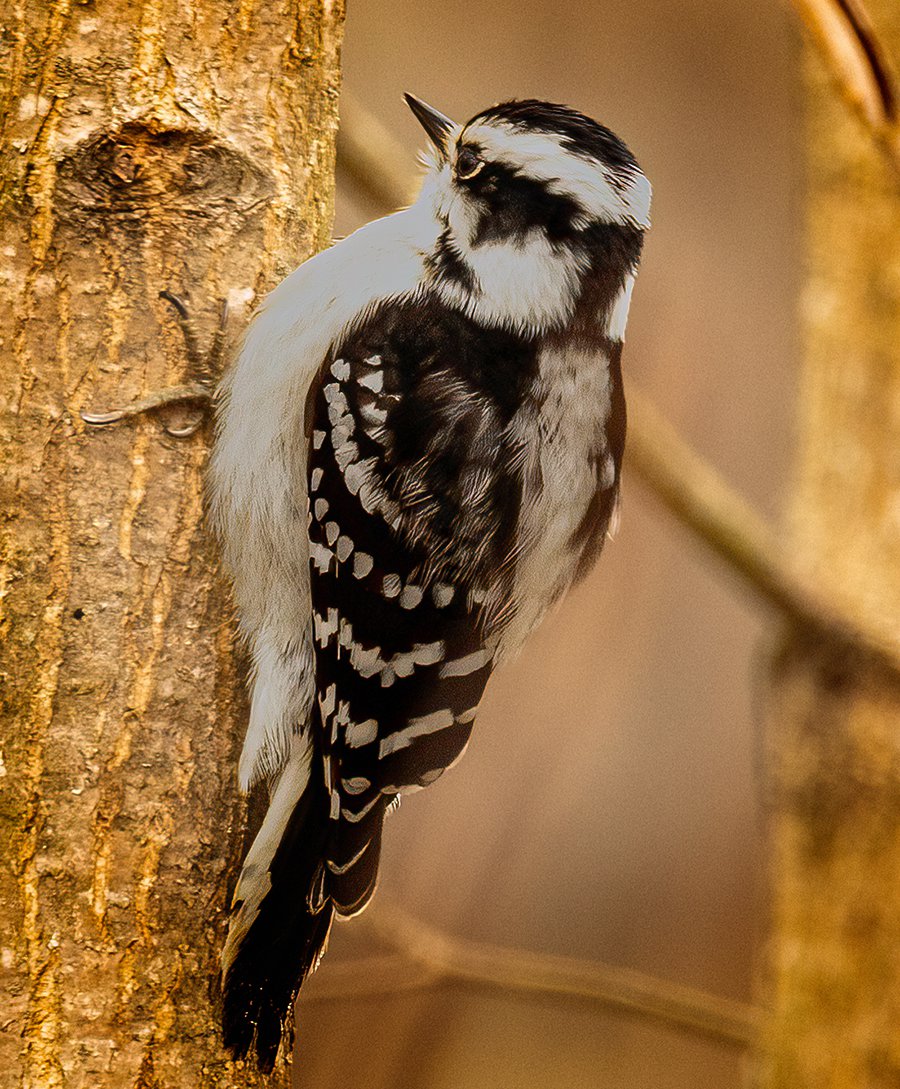Checking Out Woodpeckers in Florida Habitats: Where to Spot These Birds
Checking Out Woodpeckers in Florida Habitats: Where to Spot These Birds
Blog Article
Unveiling the Keys of Woodpeckers: Actions, Habitat, and Much More
Woodpeckers, with their distinct habits and specialized adaptations, have actually long amazed scientists and nature fanatics alike. By revealing the mysteries surrounding woodpeckers' actions and environment options, a deeper understanding of these avian marvels emerges, offering a glimpse right into their interesting globe.
Woodpecker Actions Insights
In checking out woodpecker habits, a remarkable display screen of specialized abilities and adaptations emerges, clarifying their impressive eco-friendly particular niche - Woodpeckers in Florida. Woodpeckers, recognized for their unique drumming on trees, have a range of behavioral characteristics that add to their survival and success in their atmosphere. One key behavior is their drumming, which offers several purposes such as communication, developing area, drawing in mates, and situating food sources. This rhythmic pecking additionally showcases their remarkable stamina and endurance, as they can hammer away continually at broadband without creating damage to themselves.
Additionally, woodpeckers display an unique feeding habits defined by their capability to essence pests from tree bark using their specialized beaks. Their long, barbed tongues aid in recording victim, while their strong neck muscle mass give stability and precision during pecking activities. This feeding strategy permits woodpeckers to accessibility hidden insect larvae and extract them with impressive performance.
Environment Preferences and Choice
What variables affect the habitat choices and selection of woodpeckers? Woodpeckers are extremely adaptable birds known to inhabit various settings worldwide. They do display preferences for certain habitat attributes. One vital factor influencing woodpecker environment option is the availability of suitable nesting sites. Woodpeckers commonly choose forests with a mix of fully grown trees that give sufficient chances for dental caries excavation. These tooth cavities act as vital nesting and roosting websites for woodpeckers and are vital for their reproducing success.
Additionally, woodpeckers reveal a preference for habitats with an abundant supply of food sources. They are primarily insectivorous, feeding on beetles, ants, larvae, and various other bugs discovered in rotting wood or tree bark. For that reason, woodpeckers often tend to prefer wooded locations with a varied insect populace to fulfill their dietary requirements.
Furthermore, the visibility of dead or worn out trees is one more key aspect in woodpecker environment selection. These trees not just provide food sources but also supply ideal substratum for tooth cavity excavation. Dead trees are crucial for the maintenance of healthy woodpecker populations, as they play a crucial role in the woodpeckers' life cycle and community dynamics.
Feeding Habits and Diet Composition
Woodpeckers demonstrate a specialized feeding behavior focused on foraging for bugs within different habitats. In addition to bugs, woodpeckers additionally take in tree sap, fruits, nuts, and seeds, adding range to their diet regimen depending on the period and availability of food sources.
The foraging techniques of woodpeckers are well-adapted to their arboreal way Learn More of life. Woodpeckers play an important duty in maintaining the health of forests by regulating insect populations and helping in the decay of timber.
Drumming Seems and Communication
Making use of fast drumming click now sounds on different surfaces, woodpeckers employ a distinct form of communication to indicate region boundaries and bring in companions. This drumming behavior is not only a means of communication however also acts as a method for woodpeckers to develop their existence within a specific area. The intensity, speed, and pattern of the drumming can communicate essential info to various other woodpeckers around.
Woodpeckers use drumming noises to announce their visibility in a region and to caution off prospective trespassers. The loud and repeated nature of the drumming acts as a clear signal to various other woodpeckers that the area is already claimed. This helps in minimizing conflicts and reducing physical conflicts in between individuals.

Survival Adaptations and Specialized Composition

Conclusion
To conclude, woodpeckers display special actions, such as drumming sounds for communication, and have specialized composition for survival in their picked environments. Their feeding habits and diet plan structure further demonstrate their adaptability to different atmospheres. By comprehending these elements of woodpeckers, researchers and conservationists can much better shield and maintain these interesting birds and their environments.
Report this page